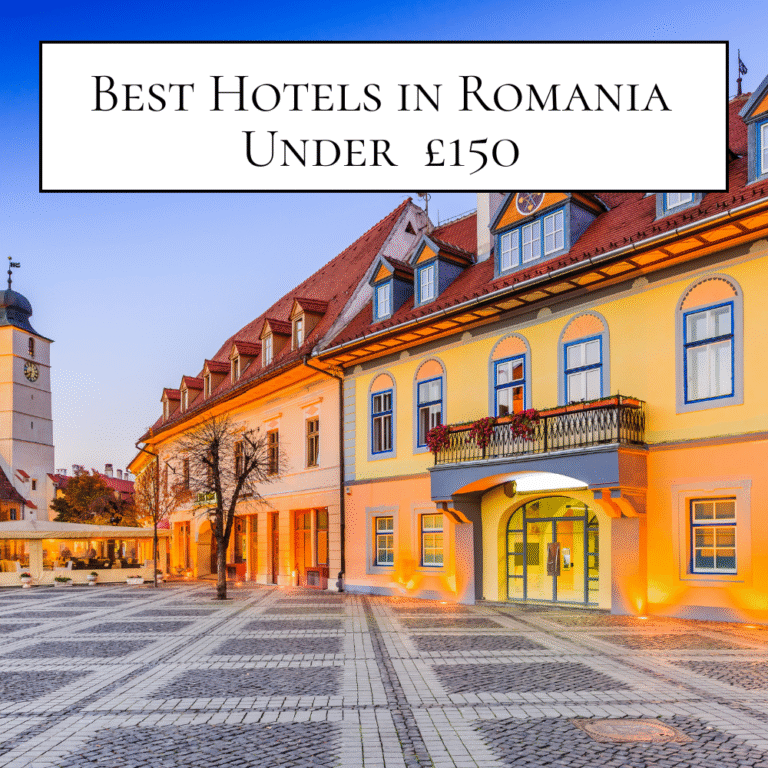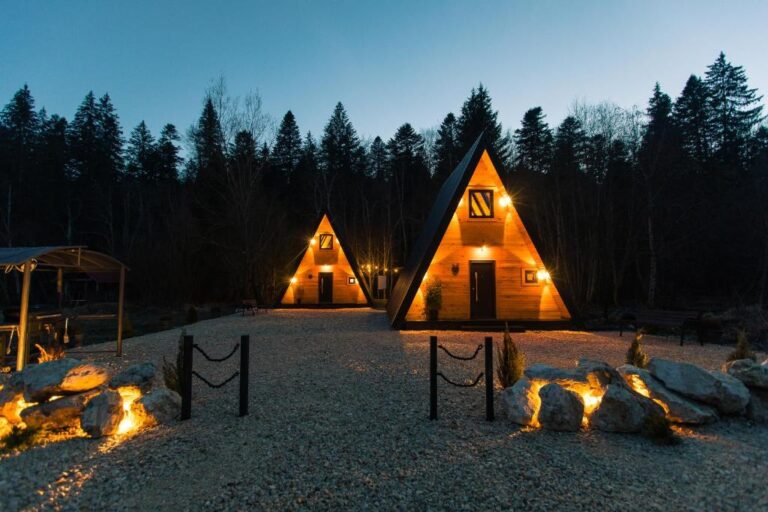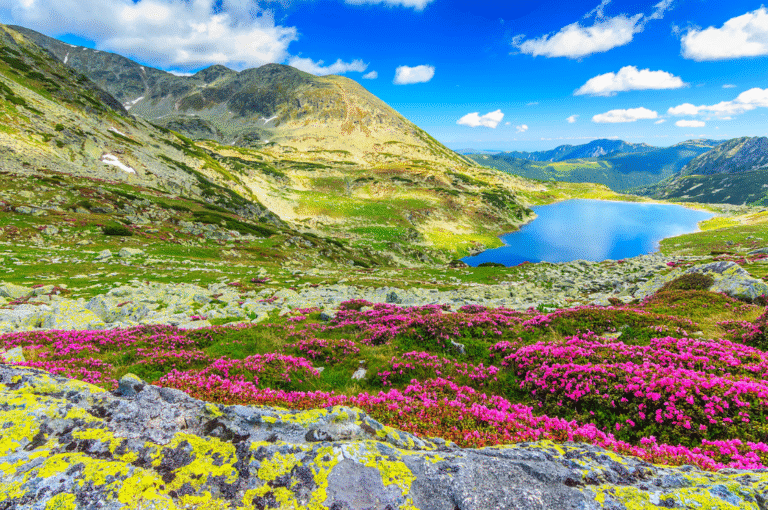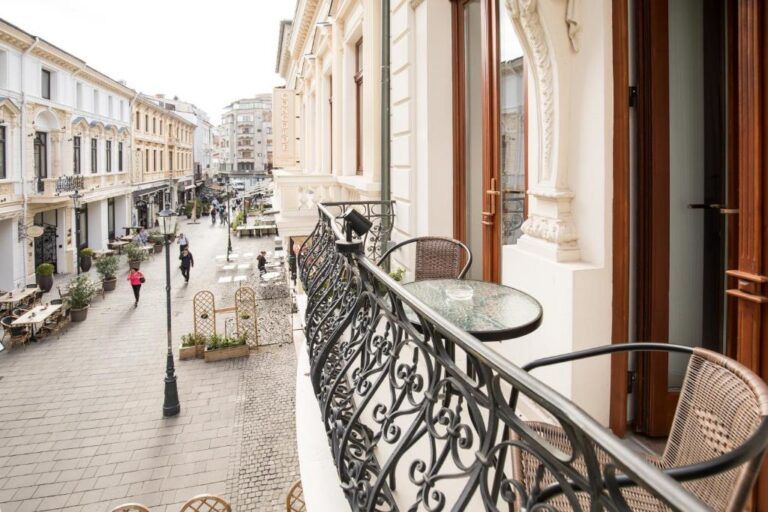Travel to Romania: Complete Guide
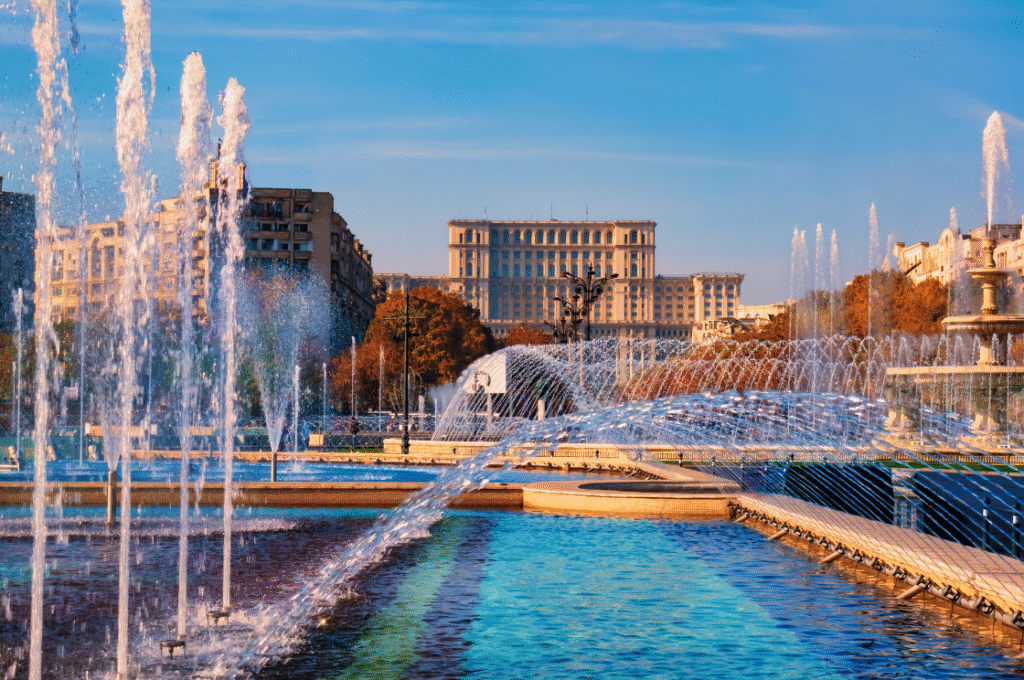
Travel to Romania and you’ll find more than just castles and countryside. This Eastern European gem mixes wild nature, rich history, and warm hospitality. Whether it’s your first time or a return trip, Romania offers a mix of experiences that’s hard to beat.
You can hike through the Carpathian Mountains, stroll medieval towns like Sibiu, or explore buzzing Bucharest. The landscapes are dramatic, the food is hearty, and prices are friendly; making it ideal for both short breaks and longer holidays in Romania.
From quiet villages to UNESCO heritage sites, it’s a place that still feels real and often underrated. It also happens to be my home country, so this guide comes with a personal touch, based on real knowledge and love for the place.
Let’s take a closer look at what makes it so special.
Where is Romania and How to get there
Romania is located in Eastern Europe. To the east, it touches the Black Sea, offering both mountain and seaside landscapes in one country. Its diverse geography makes it ideal for road trips, scenic train rides, or nature adventures.
Most people travel to Romania by flying into one of its major international airports. The busiest is Henri Coandă International Airport (OTP) in Bucharest. Other popular entry points include Cluj-Napoca, Timișoara, Iași, and Sibiu, especially useful if you’re visiting a specific region like Transylvania or the north.
From elsewhere in Europe, budget airlines like Wizz Air, Ryanair, and easyJet operate frequent, low-cost flights.
Once you land, getting from the airport to your hotel is easy. You can book airport transfers in advance or use taxis and ride-sharing apps like Bolt or Uber, especially in big cities. Rental cars are also affordable and a great option if you’re planning to explore the countryside or small towns.
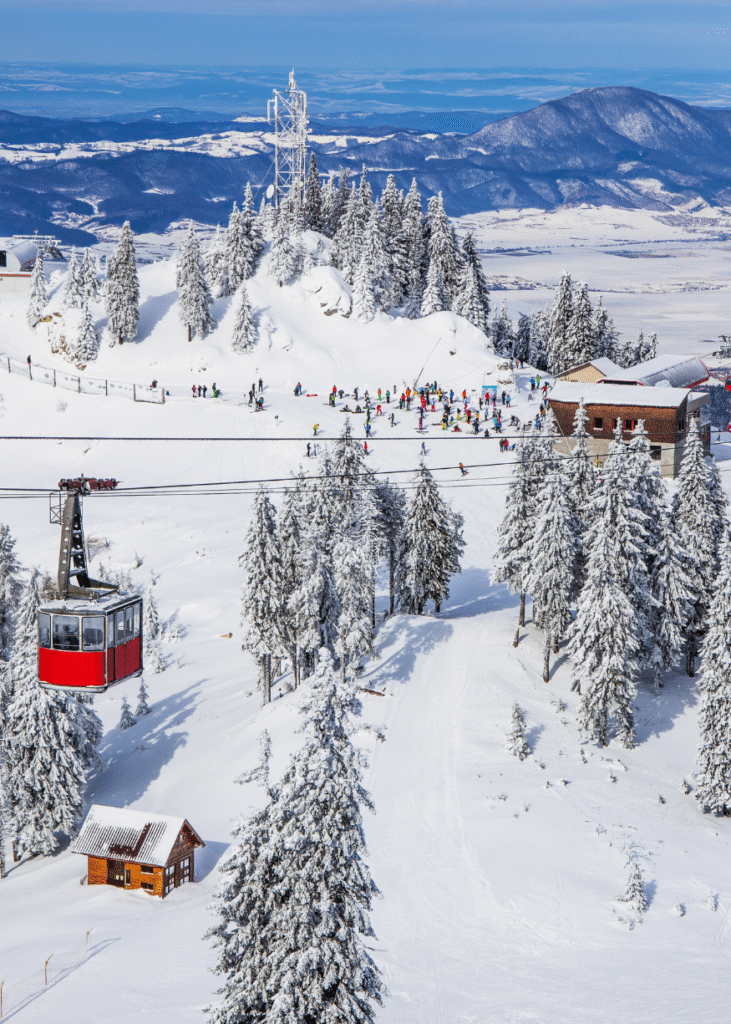
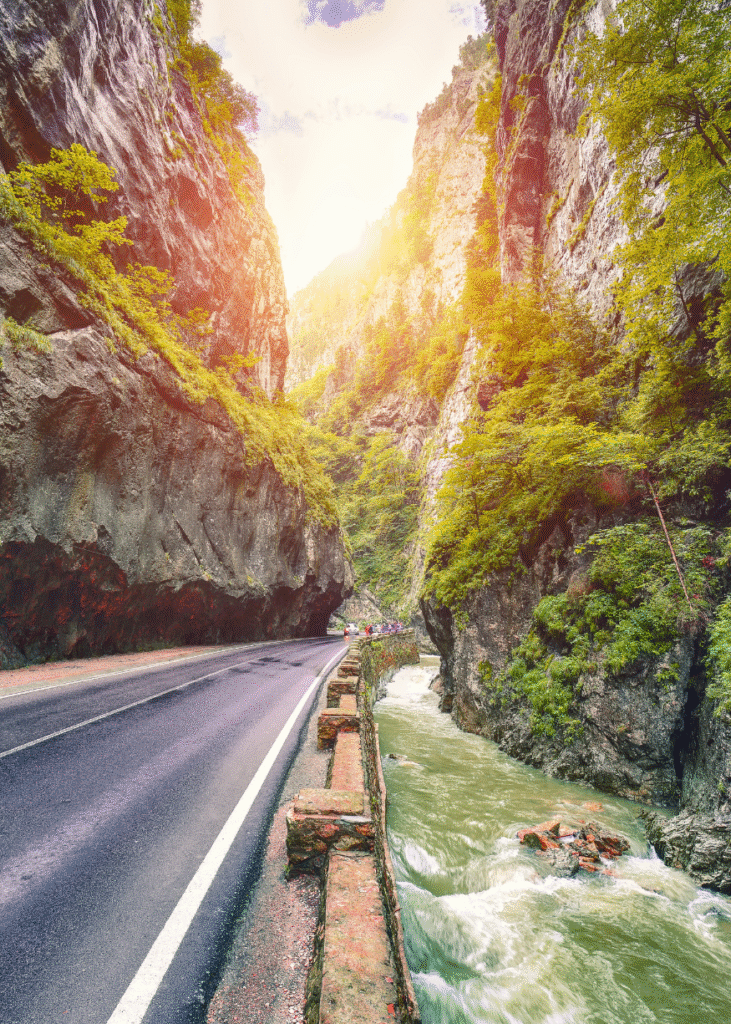
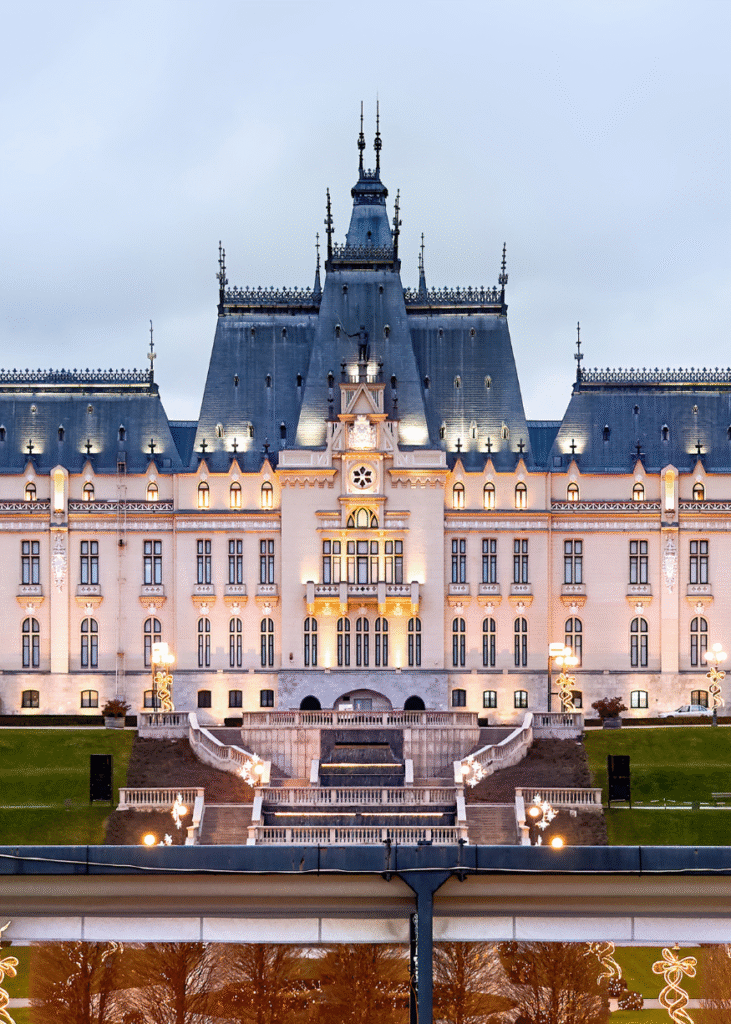
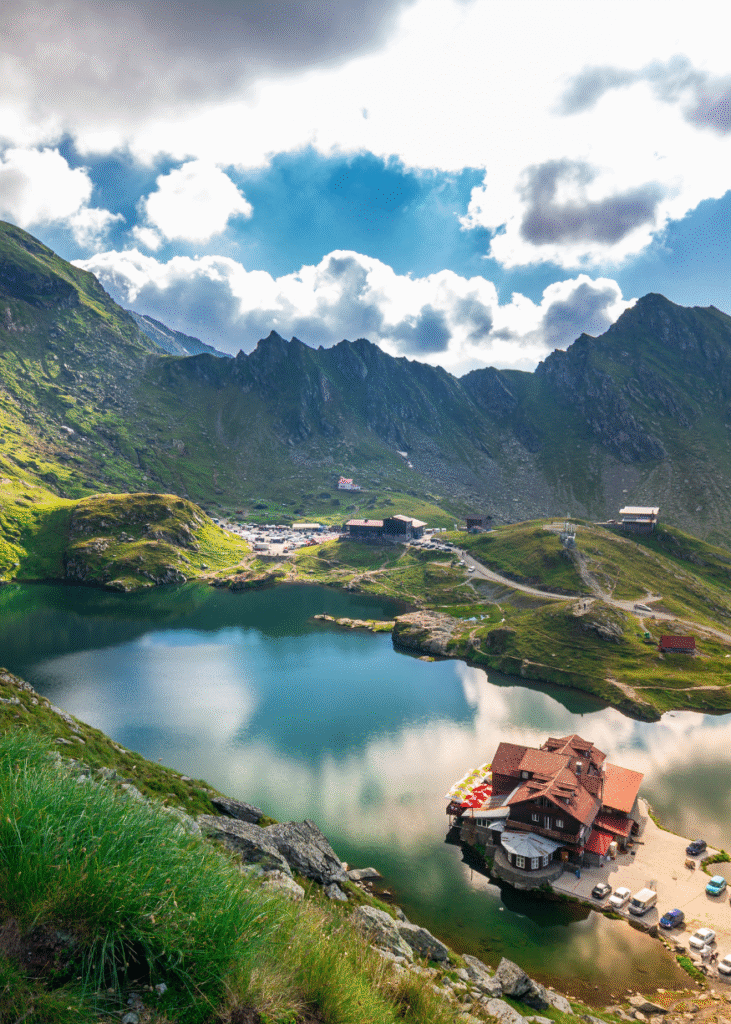
Best time to visit Romania
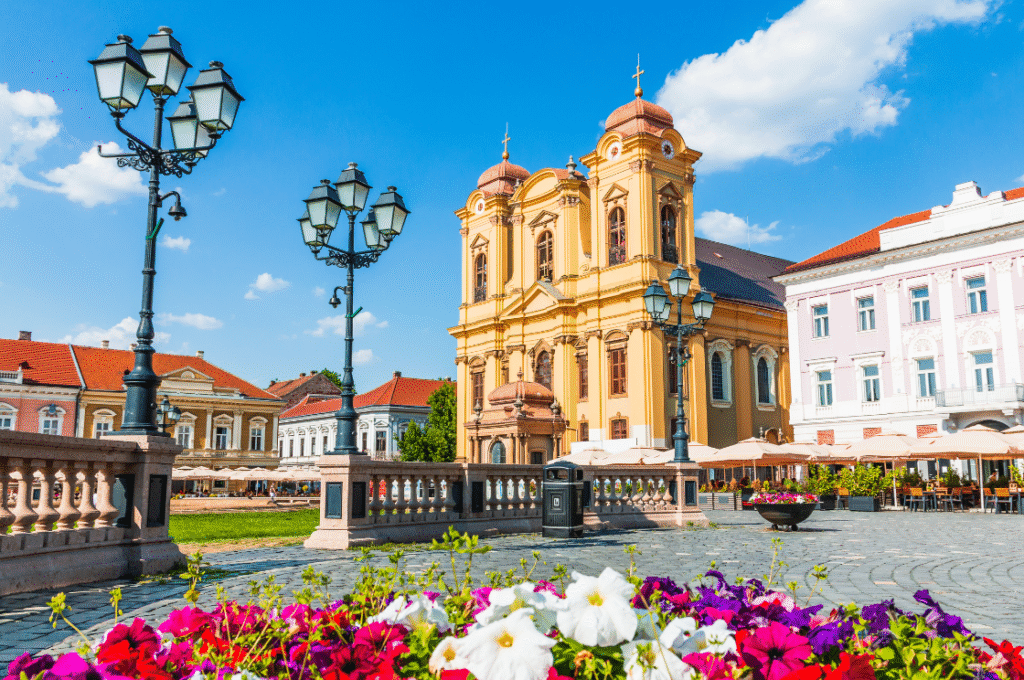
🌸 Spring (March–May)
Spring in Romania brings blooming hillsides, green forests, and pleasant weather between 10°C and 20°C (50°F to 68°F). It’s a great time to explore medieval towns like Sibiu and Brașov before summer crowds arrive. Countryside villages come alive with wildflowers and local festivals. Perfect for relaxed road trips and light hiking in the foothills of the Carpathians.
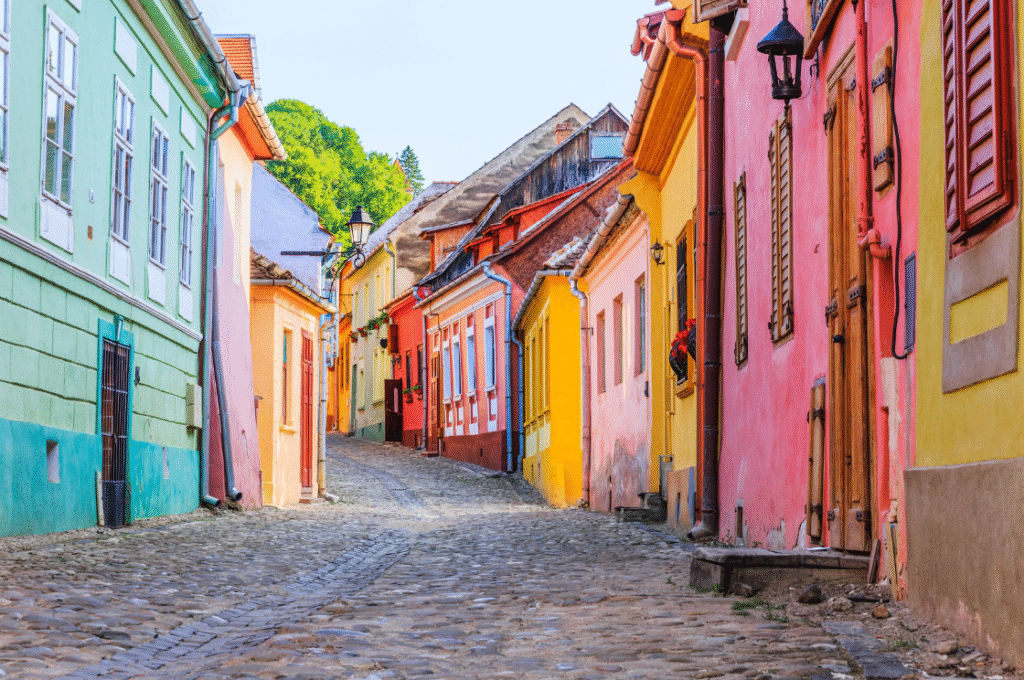
☀️ Summer (June–August)
Summer is warm and lively, with temperatures ranging from 25°C to 35°C (77°F to 95°F) in most regions. It’s beach season on the Black Sea and festival season across Transylvania. This is the busiest time to visit Romania, especially in tourist hotspots. Expect long days, outdoor concerts, and plenty of local ice cream.
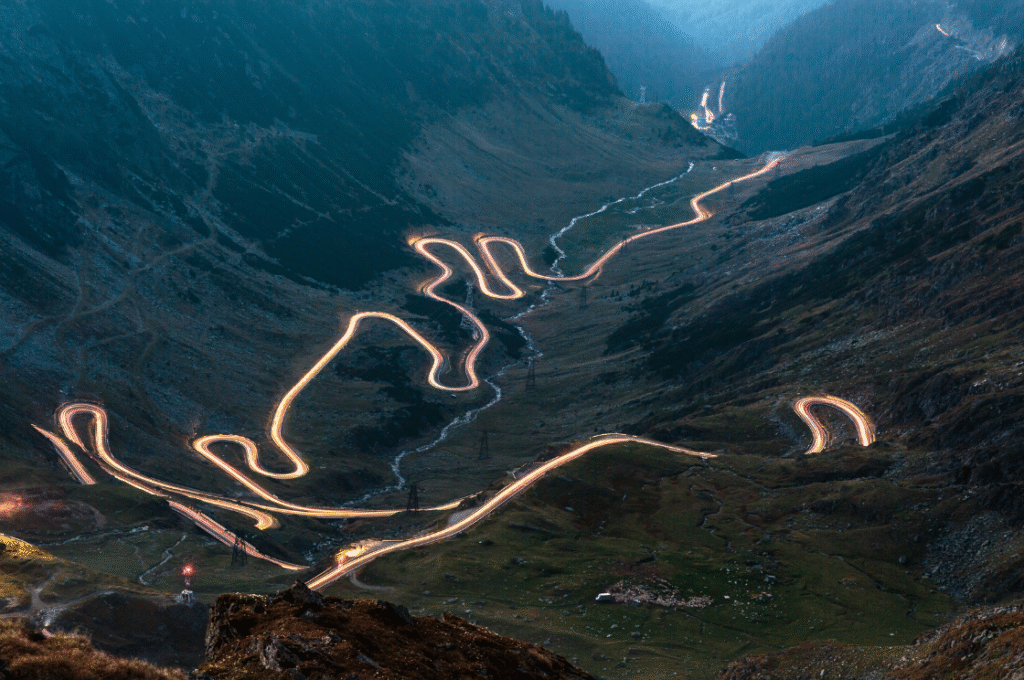
🍁 Autumn (September–November)
Autumn in Romania is a hidden gem. Temperatures fall between 10°C and 25°C (50°F to 77°F), and the landscapes glow with fall colours. Forested mountains turn golden, vineyards start their harvest, and it’s ideal for scenic drives. If you love photography or quieter towns, this is one of the best times to go.
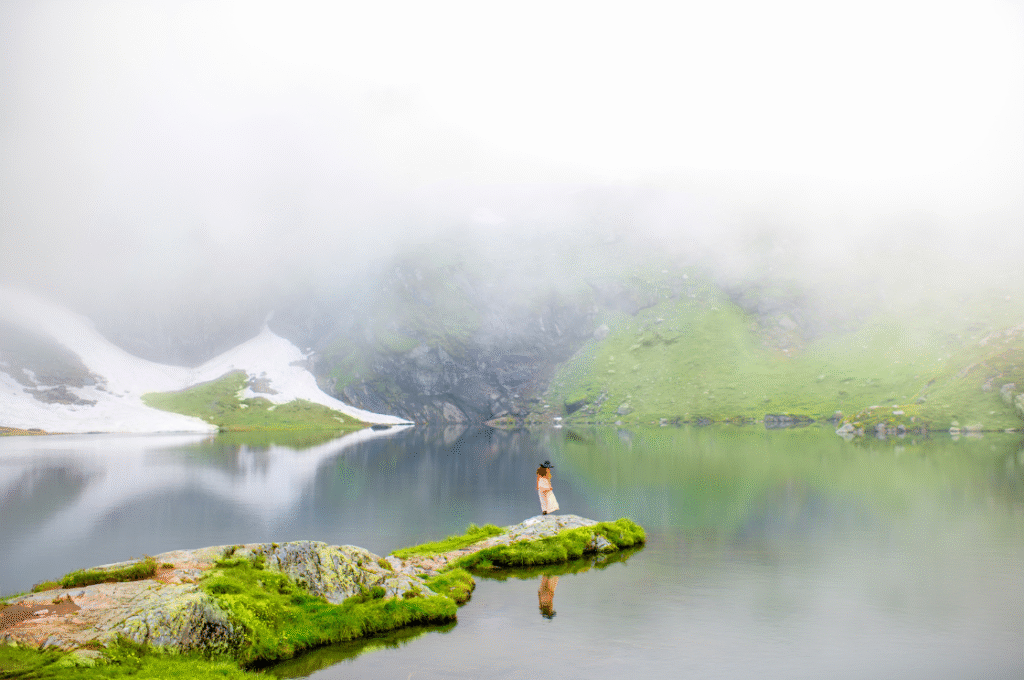
❄️ Winter (December–February)
Winter brings snow, crisp air, and a fairy-tale vibe, especially in Transylvania and the mountain resorts. Temperatures range from -5°C to 5°C (23°F to 41°F). Ski lovers should head to Poiana Brașov or Sinaia. Christmas markets and traditional village customs make winter holidays in Romania truly special.
Top Things to See in Romania
🚗 Transfăgărășan Highway
Often described as the most beautiful road in the world, the Transfăgărășan cuts through the Făgăraș Mountains in the Southern Carpathians. Built during the communist era, this dramatic road winds past waterfalls, glacial lakes, and sharp switchbacks.
If you’re into road trips, you won’t want to miss this. It’s usually open from late June to October, depending on snow. Be sure to stop at Bâlea Lake at the top – it’s stunning.
🏰 Explore Bran Castle
Bran Castle is easily Romania’s most famous fortress – and yes, it’s often linked to Dracula. While the connection is loose, the gothic towers, stone walls, and hilltop setting are undeniably atmospheric.
Inside, you’ll find displays about Queen Marie, Romanian history, and the Dracula legend. Go early or off-season if you want to beat the crowds. The nearby town of Bran also has a small market and great views.
🏘️ Medieval Sighișoara
Sighișoara is one of the best-preserved medieval towns in Europe, and still lived in today. Its colourful houses, cobbled lanes, and 14th-century Clock Tower feel like stepping into a storybook.
It’s also the birthplace of Vlad the Impaler, the real-life inspiration for Dracula. Beyond the history, it’s just a lovely place to walk around, stop for coffee, and take in the views from the citadel walls.
Food & Drinks in Romania
Must-try foods 🍽️
Eating in Romania isn’t just about fuel, it’s a big part of the experience. Traditional Romanian cuisine is hearty, comforting, and deeply tied to its history and countryside roots. Think rich stews, smoky meats, and lots of sour cream and polenta.
Start with sarmale, the beloved cabbage rolls filled with spiced pork and rice, slow-cooked in tomato sauce. Mici are another staple — skinless grilled sausages you’ll smell at every corner in summer. For something warm and tangy, try ciorbă de burtă, a sour tripe soup with vinegar and garlic that locals swear by.
Polenta (mămăligă) is everywhere, often served with salty cheese, sour cream, or next to stews. And for dessert, don’t miss papanași, fried doughnuts stuffed with cheese and topped with sour cream and jam.


Must-try drinks 🍷
The most famous? Țuică – a strong plum brandy that’s often homemade and served before meals, especially in the countryside. Don’t be surprised if it’s offered with a smile (and no warning). Aged varieties, called pălincă, can be even stronger and made from other fruits like apples or cherries.
My personal favourites are vișinată and afinată – sweet, homemade liqueurs made from sour cherries or blueberries.
For something milder, Romanian wines are well worth exploring. The country has ancient winemaking roots and produces excellent reds and whites – try Fetească Neagră or Fetească Albă, two local grape varieties. If you prefer beer, popular local brands like Ursus, Timișoreana, and Ciuc are affordable and easy to find.
Coffee culture is growing fast, especially in cities like Cluj and Timișoara, where specialty cafes serve locally roasted brews.
Best hotels in Romania
Latest posts in Romania
FAQs about Romania
1. Where to Stay in Romania?
One of the best parts about planning your travel to Romania is choosing where to stay. Each region has its own personality, from lively cities and cultural hubs to peaceful countryside and beach resorts. Whether you’re looking for history, nightlife, nature, or relaxation, Romania has a destination that fits your style.
📍 Bucharest – Best for city life and nightlife
Romania’s capital is lively, energetic, and full of contrasts. Think grand palaces, hip cafés, and a thriving food and nightlife scene. It’s ideal for weekend breaks or as a starting point for your Romania adventure.
🏰 Brașov – Best for medieval charm and day trips
Nestled in the heart of Transylvania, Brașov is a favorite for its Gothic architecture and cobbled streets. It’s also a perfect base for visiting Bran Castle, Râșnov Fortress, and the Carpathian Mountains.
🌲 Sibiu – Best for culture and calm
With its colorful houses and artsy vibe, Sibiu feels like a fairytale town. It’s quieter than Brașov but full of history and charm, especially during festivals like the Sibiu International Theatre Festival.
🏞 Cluj-Napoca – Best for young travelers and events
A university town with a creative pulse, Cluj has great restaurants, music festivals, and galleries. It’s also a gateway to northwest Romania and lesser-known gems like the Apuseni Mountains.
🏖 Constanța – Best for seaside holidays
On the Black Sea coast, Constanța mixes ancient history with beach life. It’s great in summer, especially if you want to explore the nearby resort towns like Mamaia.
🐴 Maramureș – Best for slow travel and tradition
If you want to step back in time, head to Maramureș. Wooden churches, hay carts, and timeless village life make it perfect for cultural travelers.
2. What are the best day trips from Bucharest?
Bucharest is a great base for exploring nearby gems. One of the most popular day trips is to Bran Castle, often linked to the Dracula legend. It’s a must-see for history lovers and only about 2.5–3 hours away.
Another top choice is Peleș Castle in Sinaia, a stunning former royal residence nestled in the Carpathian Mountains. You can also visit Brașov, a charming medieval city perfect for wandering cobbled streets and enjoying traditional Romanian food.
If you’re into nature, Snagov Monastery, located on a small island, or Comana Natural Park are peaceful escapes just outside the city. 🚗
3. Is Romania safe to visit?
Yes, Romania is generally safe for travelers. Violent crime is rare, especially in tourist areas and major cities. Like in any destination, it’s smart to stay aware of your surroundings, avoid poorly lit areas at night, and keep an eye on your belongings.
Scams and petty theft can happen in busy spots, so use the same common sense you would anywhere. Locals are friendly and helpful, especially in smaller towns. Whether you travel to Romania solo or with others, you’ll likely feel secure and welcomed.
4. Do they speak English in Romania?
Yes, English is widely spoken in Romania, especially in cities, tourist areas, and by younger people. In places like Bucharest, Cluj-Napoca, Brașov, or Sibiu, you’ll find that hotel staff, restaurant servers, and tour guides often speak English well.
In rural areas or smaller towns, English may be less common, but a few key phrases in Romanian and a friendly attitude go a long way. Most signs in tourist spots also include English, so getting around is usually easy.
5. Is Romania cheap to visit?
Yes, Romania is one of the most budget-friendly destinations in Europe. You can enjoy quality experiences for less – whether it’s eating out, taking trains, or booking hotels.
Public transport is affordable, and meals at traditional restaurants rarely break the bank. Even in popular spots like Brașov or Sibiu, you’ll find good value compared to Western Europe.
If you’re planning to travel to Romania, it’s a great option for both backpackers and those looking for affordable luxury.
6. What is the currency in Romania?
The official currency in Romania is the Romanian leu (RON). Most places accept credit and debit cards, including Visa, Mastercard, and contactless options like Revolut or Monzo.
That said, it’s a good idea to carry a bit of cash, especially when visiting smaller towns, markets, or rural areas. ATMs are easy to find in cities, and tipping at restaurants or for taxis is often done in cash.
7. How to get around Romania?
Getting around Romania is fairly easy, especially if you rent a car. It gives you the freedom to explore rural areas, scenic drives like the Transfăgărășan, or small villages at your own pace. Roads are mostly in good condition, though you’ll need to stay alert in the countryside. Parking is usually paid by mobile apps or SMS, especially in cities. You can compare and book your rental through Rentalcars.com for good rates and flexible options.
Public transport is widely available in larger cities, including buses, trams, and metros (in Bucharest). It’s cheap and fairly reliable, though not always the fastest option.
Taxis are common and affordable, but always use licensed ones. Alternatively, Uber and Bolt operate in major cities and are often more convenient and transparent than regular cabs.

